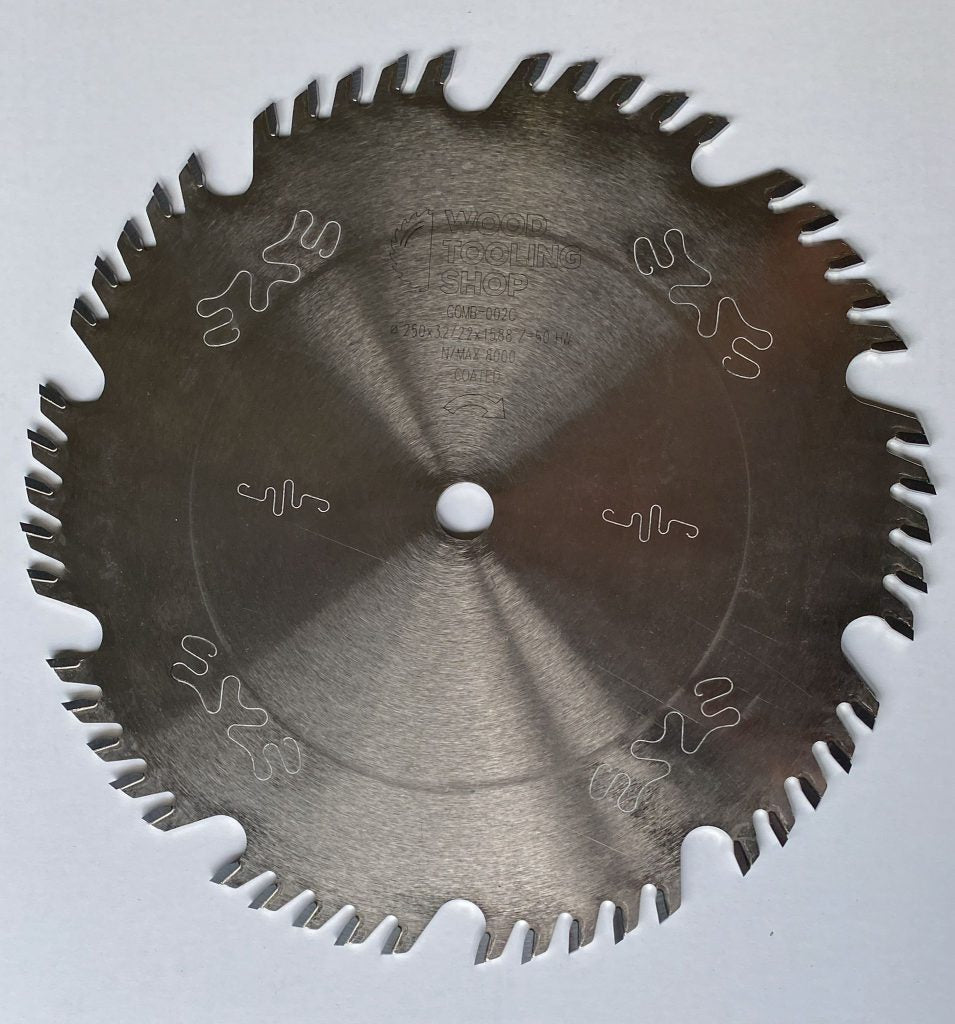
A Beginner's Guide to Circular Saw Blades: Understanding Teeth and Cuts
Share
Are you looking to make the most of your circular saw? Understanding the different types of circular saw blades and their teeth is crucial for achieving clean, precise cuts. In this guide, we'll break down the basics of circular saw blades, focusing on woodcutting applications.
Understanding Saw Blade Teeth
The number and shape of teeth on a circular saw blade determine its performance.
Number of Teeth:
- Fewer teeth (24-40): Ideal for rough cuts and ripping. Fewer teeth allow for faster cutting and chip removal.
- More teeth (40-80): Best for crosscutting and fine finishes. More teeth provide a smoother cut but can slow down the cutting process.

Grind Types:
- Alternating Top Bevel (ATB): Provides a clean cut and is versatile for both ripping and crosscutting.
- Flat Top Grind: Used for clearing sawdust and preventing burning during rip cuts.
- Triple Chip Grind (TCG): perfect for hard, abrasive materials like non-ferrous metals, hardwoods and plastics
- Alternating Top Bevel + Raker (ATB+R): All of the benefits of a traditional ATB grind followed by a flat top raker tooth. Commonly used on Combination blades
Choosing the Right Blade for Your Project
When selecting a circular saw blade, consider the following factors:
- Material: For woodworking, carbide-tipped blades are the most common and offer a good balance of durability and sharpness.
- Thickness of the material: thicker materials may require blades with a higher tooth count.
- Type of cut: Ripping, crosscutting, or a combination of both will influence your blade choice.
- Desired finish: For a smooth finish, opt for a blade with more teeth.
Common Circular Saw Blade Applications
- Ripping: Use a blade with fewer teeth for fast, aggressive cuts along the grain of the wood.
- Crosscutting: A blade with more teeth will provide a cleaner cut when cutting across the grain.
- Finishing cuts: For delicate work and a smooth finish, choose a blade with a high tooth count.
Safety First
- Always wear eye protection and hearing protection.
- Ensure the blade is securely fastened to the saw.
- Never force the saw through the material.
- Inspect the blade for damage before each use.
Selecting the right circular saw blade is essential to achieving the desired results in your woodworking projects. Have you already tried our blades? Discover our assortment by visiting the shop!
